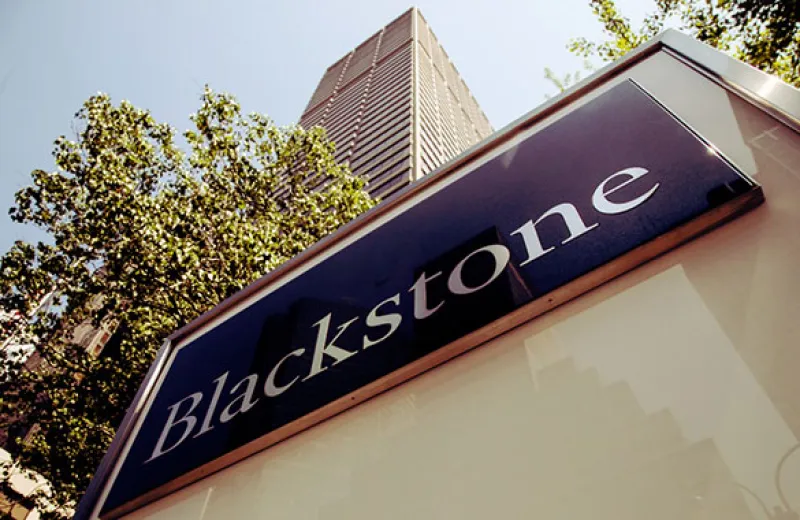Blackstone might be joining the S&P 500 index — a move that could not only boost its own share price, but raise the profile of all publicly traded alternatives firms.
In mid-April, S&P Dow Jones Indices said companies with multiple share class structures would be eligible for its indices. That was good news to Blackstone CEO Stephen Schwarzman, who said later that week during his company’s first-quarter earnings call that the firm’s potential inclusion in the S&P 500 “would be very positive for our shareholders.”
Schwarzman is right: There are advantages to being part of the S&P 500 index. The obvious and immediate benefit is a small bump in stock price, driven by more buyers. Huge passive investment funds that match the S&P 500 index would need to pick up shares of any new company added to it.
“Right now our estimate for passive assets tracking the S&P 500 is close to $6.1 trillion, and that right now represents close to 18 percent of the overall index market cap. So one easy way to kind of think about it: If you get added to the S&P 500, about 18 percent of your float [or outstanding shares] — market cap weighted — would be purchased by passive funds alone,” said Melissa Roberts, managing director and quant research analyst at Keefe, Bruyette & Woods.
The bulk of a stock’s index-addition-related gains come the day after the formal announcement about it. Since 2007, when publicly traded financial firms have been added to the index, their performance has improved relatively 5 percent between the announcement date and when they are added, Roberts said. Stocks are usually added three to six trading days after the announcement.
“At that point, the stock kind of just trades flat, and then the add-date really isn’t a price move date. It’s usually a volume day where the volume gets traded. It’s pretty well teed up for the index funds,” she said.
But the benefit to the stock price is typically a temporary, technical pop — most companies give that up about a month after they are added, Roberts said.
In addition to the passive buyers, there is a broad universe of actively managed funds that use the S&P 500 index as a benchmark and would also buy shares of a new company. KBW has researched the holdings of those funds and Roberts said that many of them own a lot of the stocks in the index. Even if that new stock is only a small percentage of a fund’s holdings, in aggregate, it’s a lot of shares.
Together, all those investors improve a stock’s liquidity and diversify its shareholder base, Roberts said.
But the benefits of Blackstone being added to the S&P 500 index extend beyond the private equity giant, which has nearly $1 trillion in assets and the largest market cap of any company outside the index, at $106 billion.
The rise of Blackstone could help lift the profile of other alternative asset managers outside the index, and they have all generally been underappreciated by the market, Michael Brown, managing director of equity research at KBW, said.
Even if other managers aren’t added to the S&P 500 “you can’t ignore Blackstone or their peer group anymore” if you suddenly become an investor in them, Brown added.
More spotlights on alternative managers could also mean more investors, too, he added.
“That’s where I think there’s a longer-term opportunity from being put on the big stage of the S&P 500. I think that really will play out over time because there’s not a lot of financials out there that have been able to deliver the growth that Blackstone has,” Brown said.







